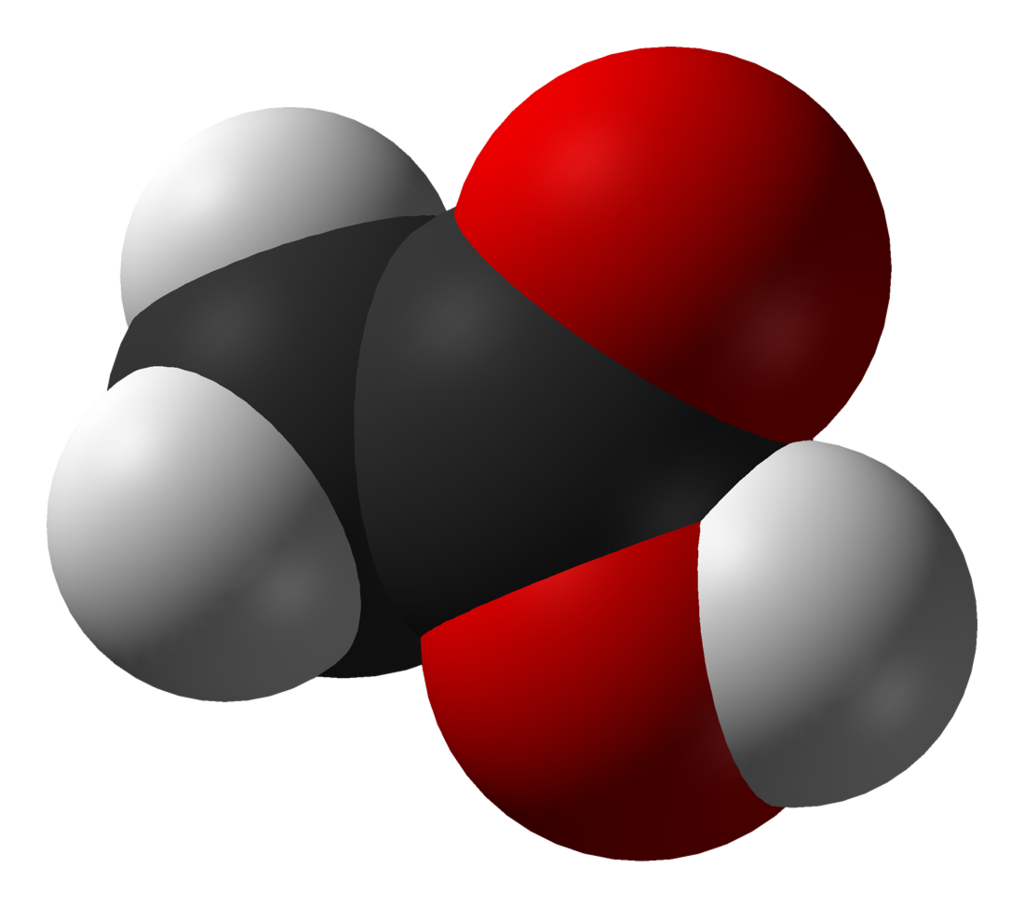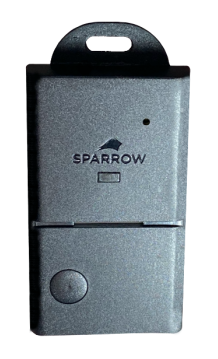Acetic acid, known by various names such as ethanoic acid, glacial, and ethylic acid, is a versatile chemical compound with a chemical formula of CH3COOH or C2H4O2. While it might seem like a simple substance, acetic acid plays a significant role in various industries and applications, and its properties and risks are worth exploring.
Industry Uses of Acetic Acid
Acetic acid finds its way into numerous industries due to its diverse properties:
- Photographic Film: It is used in the production of photographic film, contributing to the development process.
- Vinegar: Acetic acid is the key component responsible for the sour taste and preservation qualities of vinegar, making it a staple in kitchens worldwide.
- Household Cleaners: Many household cleaning agents contain acetic acid due to its effectiveness in breaking down stains and deposits.
- Plastic Bottle Production: Acetic acid is involved in the production of polyvinyl acetate, a component used in making plastic bottles.
Health Risks Associated with Acetic Acid
Acetic acid, although useful, can pose health risks, especially when handled improperly:
- Skin Burns: Direct contact with acetic acid can cause skin burns and irritation.
- Eye, Throat, and Airway Irritation: Vapors of acetic acid can irritate the eyes, throat, and airways, leading to discomfort and potential health issues.
- Nausea and Vomiting: Inhalation or ingestion of acetic acid can induce nausea and vomiting.
In case of direct contact with acetic acid, it is crucial to flush the affected area with water immediately. For inhalation or ingestion, seeking medical assistance promptly is recommended, as high exposure levels can be toxic.
Regulations and Exposure Limits
Regulatory bodies such as NIOSH (National Institute for Occupational Safety and Health) and OSHA (Occupational Safety and Health Administration) have established exposure limits to safeguard workers. For acetic acid, the permissible exposure limit is set at 10 ppm (parts per million) as a time-weighted average (TWA) over an 8-hour period by both NIOSH and OSHA.
Measuring Acetic Acid
Accurate measurement of acetic acid in the environment is essential for ensuring safety. It can be quantified in the air using units of parts per million (ppm). There are portable and fixed acetic acid monitors available for this purpose.
Choose the right monitor for your needs here!
Calibration Services
To maintain the accuracy of gas measurements, sensors should undergo yearly calibration. Calibration procedures are specific to individual manufacturers. The calibration process may incur costs depending on various factors such as labor and replacement parts.
Choose the Right Monitor
Selecting the right monitor for your specific application is crucial. If you need assistance in choosing the appropriate monitor or require calibration services, feel free to reach out. Safety should always be a priority when dealing with acetic acid, and the right equipment and procedures can make a significant difference in protecting individuals and the environment.


